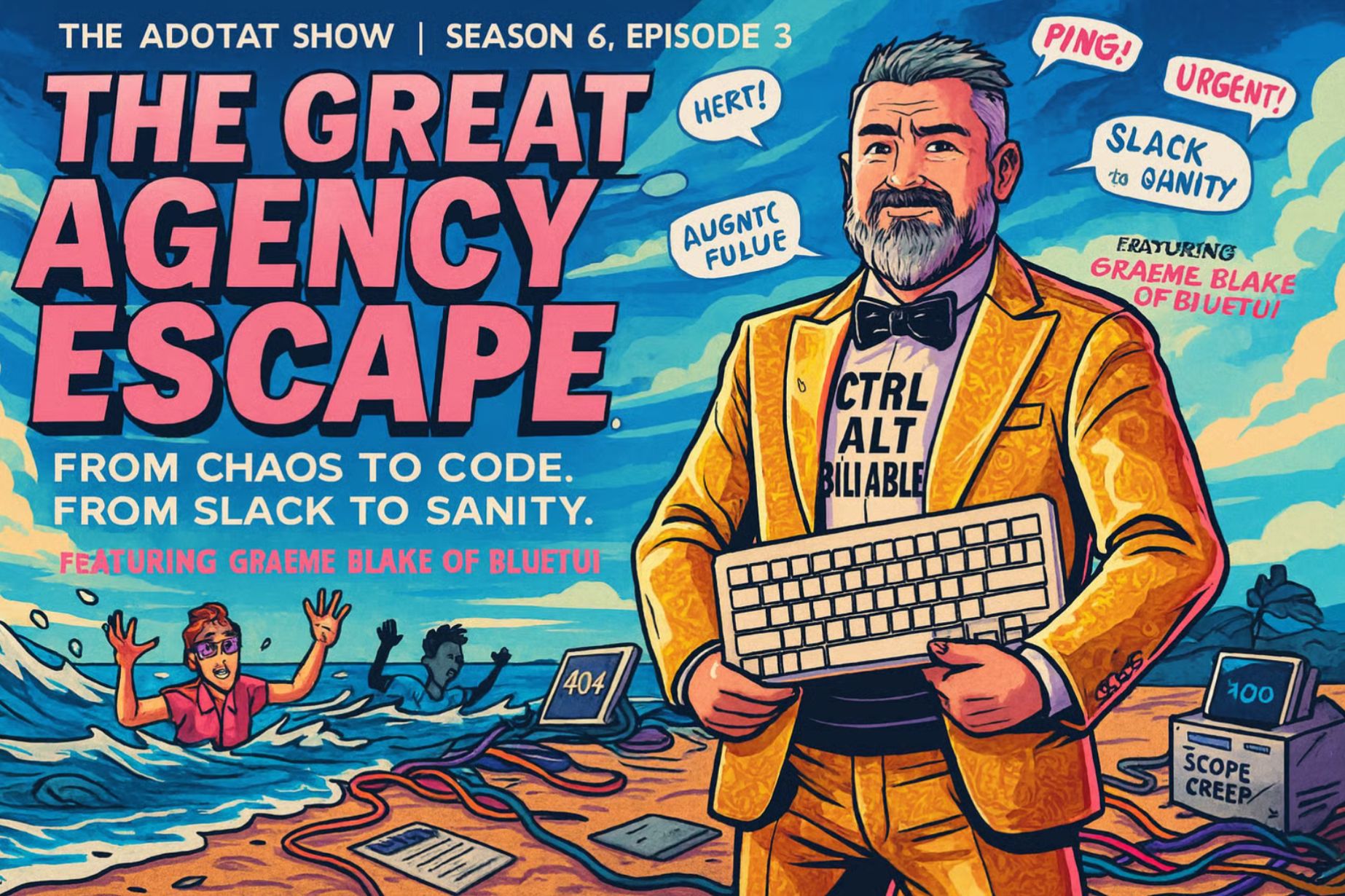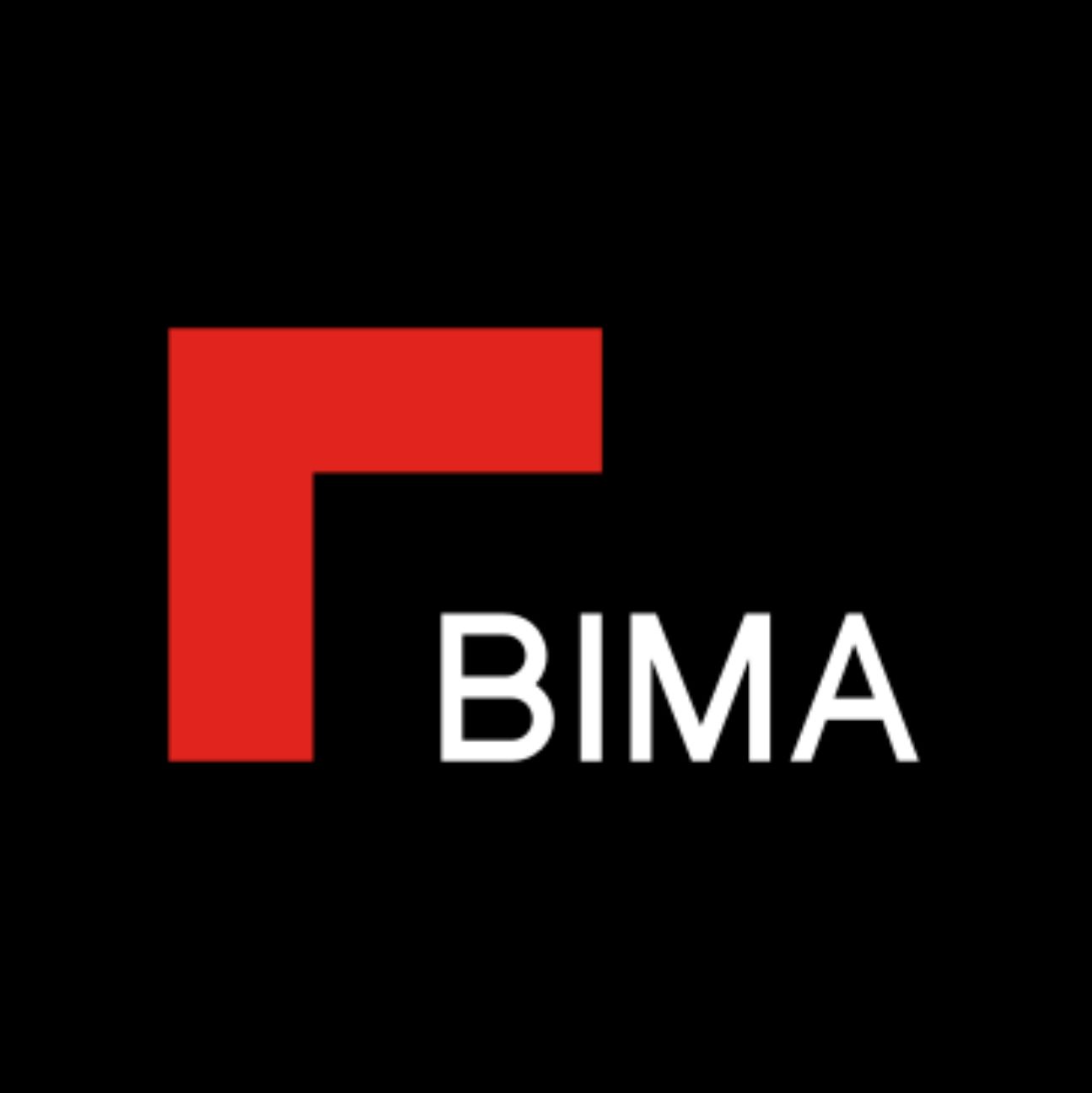October 24, 2025
The Gold Mine Beneath the Briefs
The Adotat Show : Session 2

Agencies are sitting on a gold mine, too busy tripping over Slack messages to notice.
That line isn’t hyperbole; it’s the quiet truth that keeps adland’s accountants awake at night. Beneath all the campaign chaos and “urgent” client requests lies a hidden economy of digital product value, work agencies already do, but don’t recognize as ownable, scalable, or billable beyond the next project.
Graeme Blake spelled it out like a man who’s lived through the spreadsheet equivalent of trench warfare. Agencies, he said, keep taking “one of two paths when it comes to digital work.” Either they build massive in-house teams with all the overhead and chaos that come with it, or they outsource everything and slap on a tiny margin that evaporates faster than a Cannes cocktail budget.
That’s not innovation. That’s self-inflicted poverty.
Every agency says they want to be digital-first, but most are still running on business models that treat technology as an expense instead of an asset. They’re chasing relevance, but missing ownership. They’ll design a beautiful digital experience, ship it to a dev shop, and then walk away while someone else turns it into recurring revenue.
It’s not that they lack talent; it’s that they lack a framework for turning creativity into code, and code into profit.
The Case Study (with a Hint of Gold Dust)
Take Method in Motion in Singapore, a quiet success story Graeme mentioned, and the perfect example of what happens when an agency decides to stop bleeding margin and start acting like a builder. Using Blutui, they turned project chaos into creative order: bringing in global talent on demand, serving other agencies as well as their own clients, and cutting through the bureaucratic fog that kills productivity.
They didn’t need a hundred developers. They needed one platform that didn’t punish them for being small.
It’s the kind of efficiency that doesn’t make headlines but makes payroll, the unglamorous kind of innovation that actually changes balance sheets. And while we’ll go deep into how they pulled it off in ADOTAT+, the takeaway is clear: there’s real money in structure.
The Cultural Commentary
The irony? Agencies love talking about innovation almost as much as they hate implementing it. They’ll spend a week at Cannes talking about “agentic creativity,” “AI-integrated storytelling,” or “the metaverse’s spiritual comeback tour,” yet treat their own internal tech stack like an aging office printer, essential, unsexy, and always out of toner.
The creative industry has built an identity around buzzwords and borrowed conviction. Everyone wants to be “on trend,” but few want to confront the terrifyingly dull work of process redesign. It’s easier to promise “AI-powered engagement” than to admit you don’t know what half your tools actually do.
In a world where agency leaders are allergic to change, Bluetui isn’t just software, it’s an intervention. It’s what happens when someone finally points out that the emperor’s tech stack has no clothes.
The Lead-Out
The story of unrealized revenue isn’t just about bad math; it’s about fear, fear of change, fear of failure, fear of being left behind by the next shiny acronym.
And that’s exactly where we’re headed next.
In the next section, we’ll peel back the polite excuses and get to the core pathology of modern agencies, the tech phobia, the legacy thinking, and the myth of the “creative maverick” that keeps even the smartest shops broke.
Because if there’s one thing more dangerous than ignorance in adland, it’s nostalgia.





